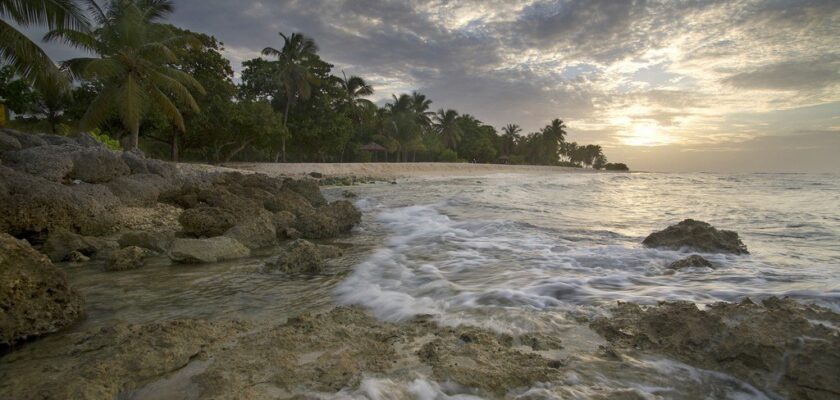Caribbean Sea
This attraction is related to the countries:CubaCuba , VenezuelaColombiaPanamaCosta Rica , Costa RicaNicaraguaHondurasGuatemala.Belize.MexicoHaiti.Jamaica.Puerto RicoPuerto Rico, Trinidad and Tobago.DominicaSt. LuciaCuraçaoAntigua and BarbudaBarbadosSt. Vincent and the Grenadines.St. Vincent and the Grenadines , American Virgin IslandsGrenadaBonaireSt. EustatiusSaint Kitts and Nevis, St. Kitts and Nevis, St. Vincent and the GrenadinesSt. Kitts and NevisArubaBritish Virgin IslandsSt. MaartenThe Caribbean Sea is a semi-enclosed sea of the Atlantic Ocean, between Central and South America to the west and south and the Greater and Lesser Antilles to the north and east. It is connected by the Strait of Yucatan to the Gulf of Mexico in the northwest, by the straits between the Antilles to the Atlantic Ocean in the northeast and east, and by the man-made Panama Canal to the Pacific Ocean in the southwest.
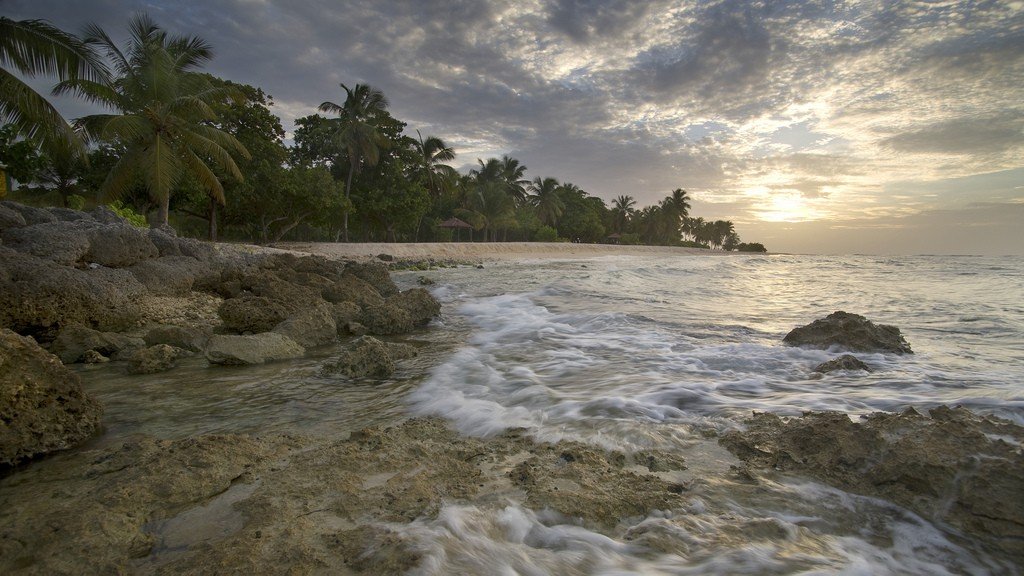
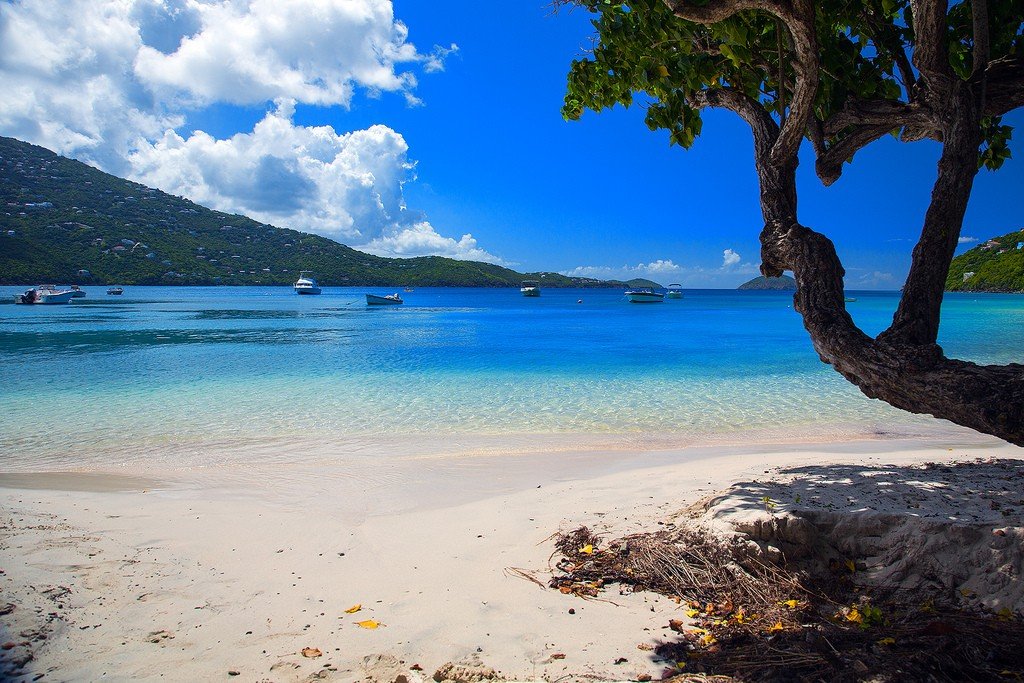
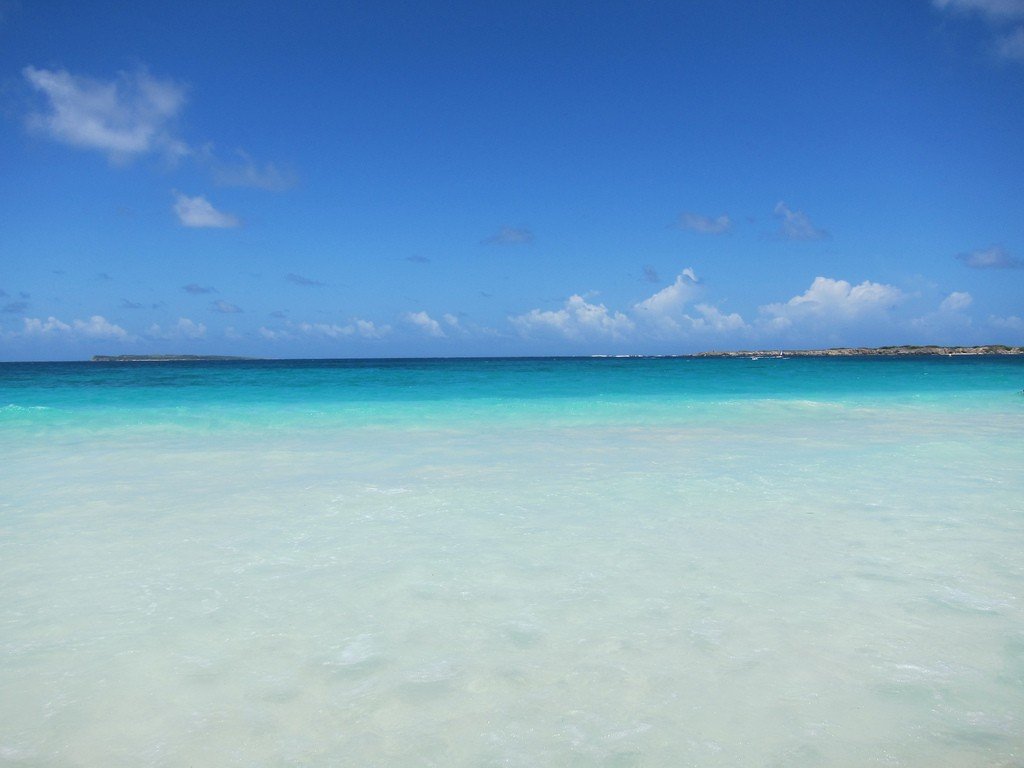
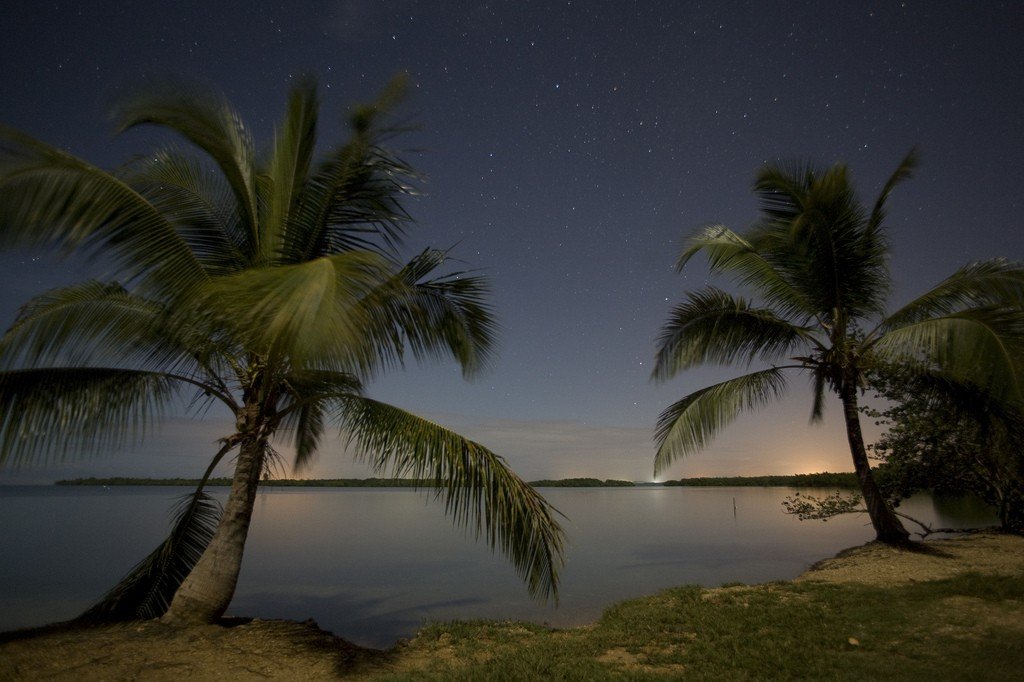
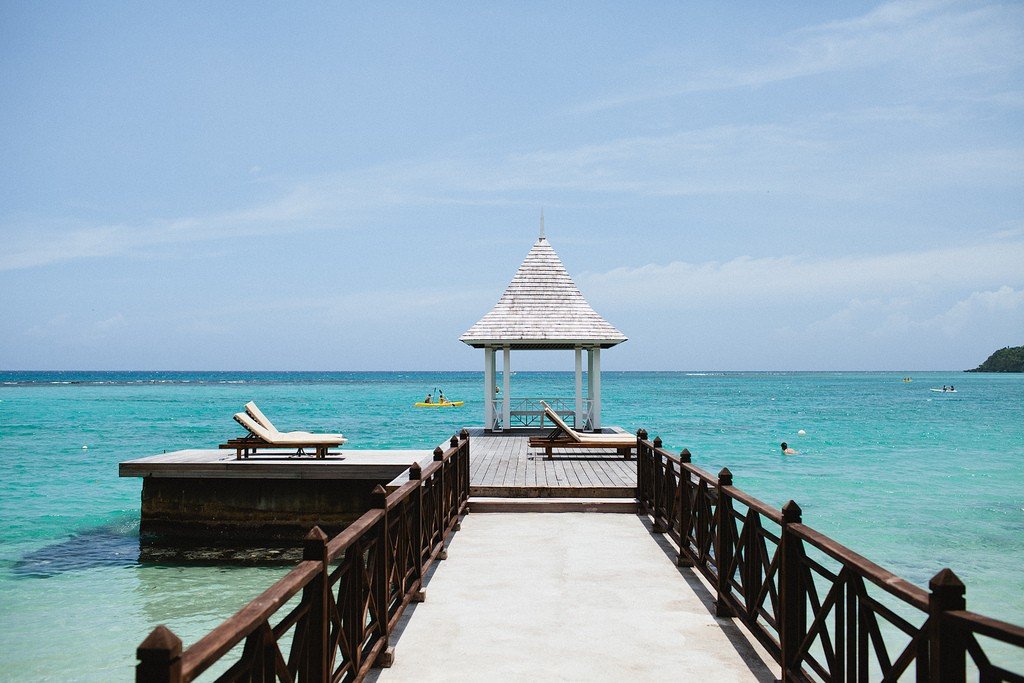
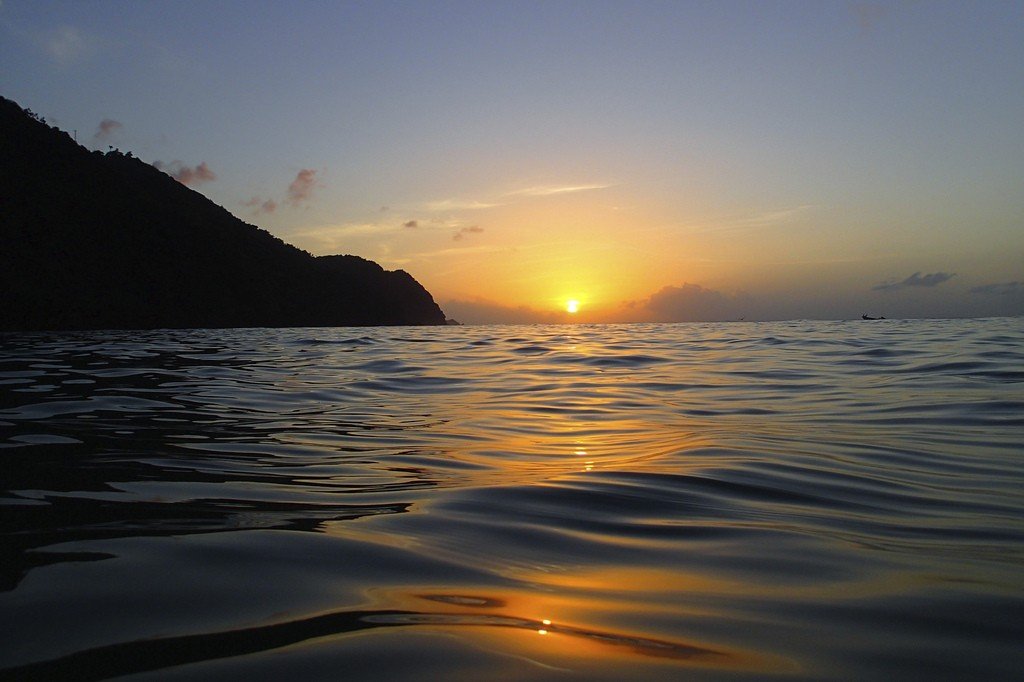
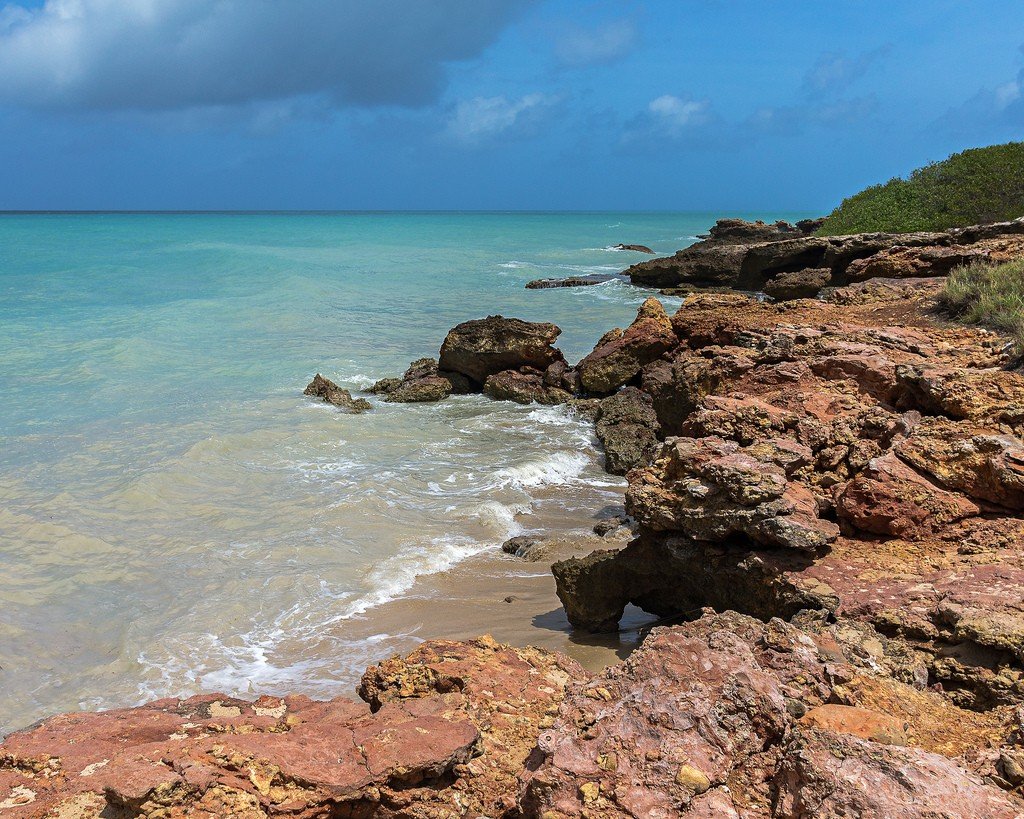
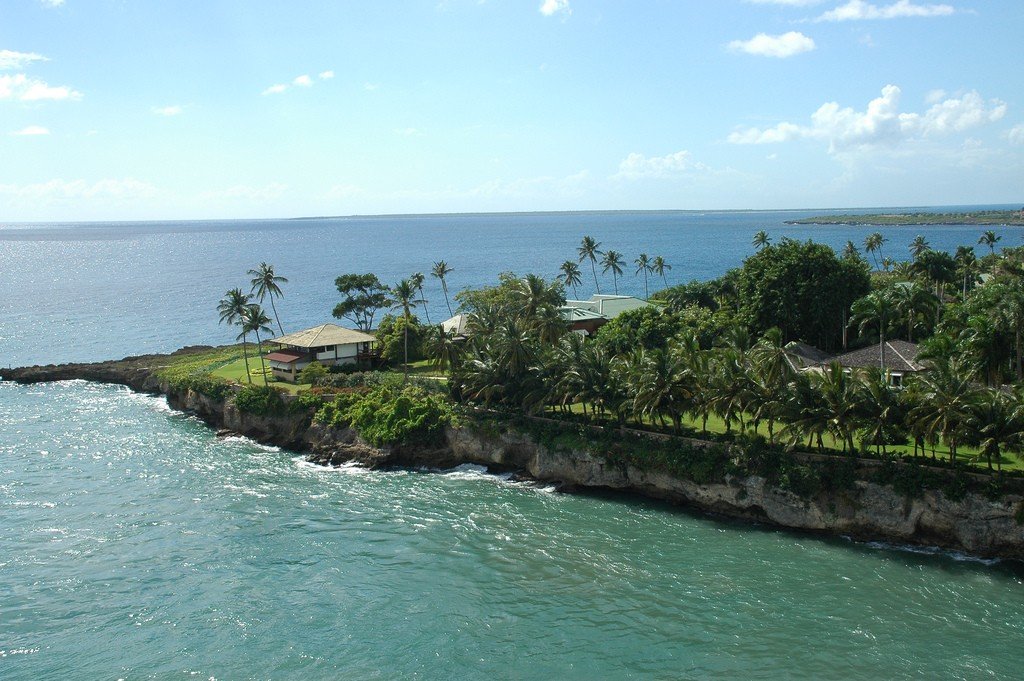
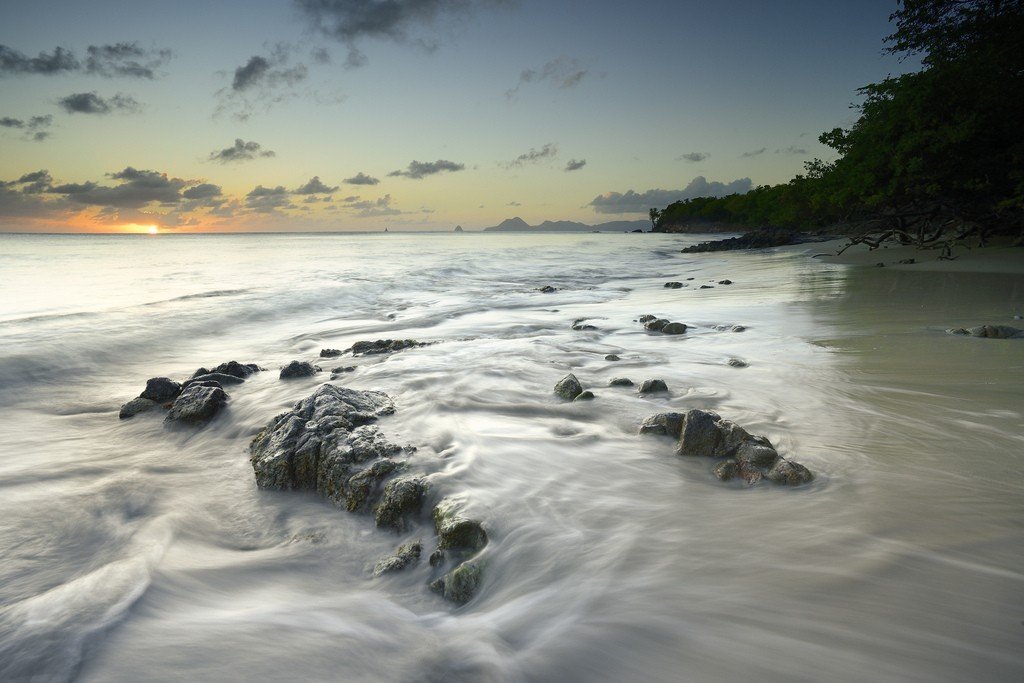
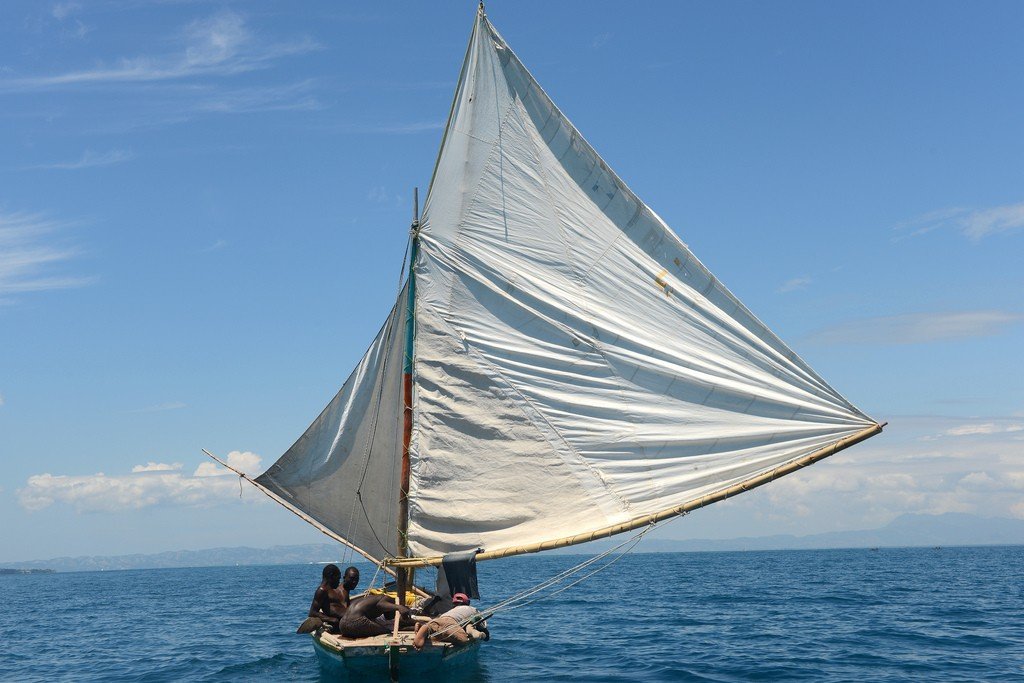
General Information
The Caribbean Sea has an area of 2,754,000 km². The average depth is 1,225 meters. Average water volume is 6,860,000 km³.
.The sea is located on the Caribbean lithospheric plate. It is divided into five basins separated from each other by underwater ridges and a series of islands. The Caribbean Sea is considered shallow compared to other bodies of water, although its maximum depth is approximately 7,686 meters (in the Cayman Trench between Cuba and Jamaica).
.The shores are in places mountainous, in places low-lying; in the west and off the Antilles, they are fringed by coral reefs. The coastline is highly indented; in the west and south there are gulfs – Honduras, Darien, Venezuela (Maracaibo), etc.
.The Caribbean Sea is one of the largest seas of the transition zone, separated from the ocean by a system of different-aged island arcs, of which the youngest, with modern active volcanoes, is the Lesser Antilles Arc. More mature island arcs form large islands – Cuba, Haiti, Jamaica, Puerto Rico with already formed mainland (northern part of Cuba) or sub-mainland crust. The island arc of Cayman – Sierra Maestra is also young, expressed in most part by the underwater Cayman Ridge, accompanied by the deep-water trough of the same name (7680 m). Other submarine ridges (Aves, Beata, Marcelino Threshold) appear to be submerged island arcs. They divide the bottom of the Caribbean Sea into a number of troughs: Grenada (4120 m), Venezuela (5420 m). Colombian (4532 m), Bartlett with the deep-water Cayman Trough, Yucatan (5055 m). The bottoms of the basins have suboceanic type crust. Bottom sediments are calcareous foraminiferous silts, in the southwestern part – weakly manganese, calcareous silts, in shallow waters – various coral sediments, including numerous reef structures. The climate is tropical, under the influence of the trade wind circulation and is characterized by great homogeneity. Average monthly air temperatures are from 23 to 27 °С. Cloudiness of 4-5 points. Precipitation ranges from 500 mm in the east to 2000 mm in the west. From June to October tropical storms are noted in the northern part of the sea. The hydrological regime is characterized by great homogeneity. The surface current under the influence of trade winds moves from east to west. At the coast of Central America it deviates to the north-west and goes through the Yucatan Strait to the Gulf of Mexico. The current speed is 1-3 km/h, at the Yucatan Strait up to 6 km/h. K. m. is an intermediate basin for the waters that come from the Atlantic Ocean and when leaving the Gulf of Mexico in the ocean give rise to the Gulf Stream. Mean monthly water temperatures at the surface from 25 to 28 ° C; annual fluctuations of less than 3 ° C. Salinity is about 36.0 ‰. Density 1.0235-1.0240 kg/m3 Water color from bluish-green to green. Tides are predominantly irregular semi-diurnal; their magnitude is less than 1 m. Vertical change of hydrological characteristics occurs up to the depth of 1500 m, below which the sea is filled with homogeneous water coming from the Atlantic Ocean; its temperature is from 4.2 to 4.3 °C, salinity 34.95-34.97‰. The Karaib Sea is inhabited by sharks, flying fish, sea turtles and other species of tropical fauna. Sperm whales and humpback whales are found, and seals and manatees are found off the island of Jamaica.
.
The Caribbean Sea is of great economic and strategic importance as the shortest sea route connecting Atlantic and Pacific ports through the Panama Canal. The most important ports are Maracaibo and La Guaira (Venezuela), Cartagena (Colombia), Limon (Costa Rica), Santo Domingo (Dominican Republic), Colon (Panama), Santiago de Cuba (Cuba), etc.
.
The name “Caribbean” is derived in honor of the Caribs, one of the dominant Native American tribes that lived on the coast at the time of Columbus’ contact with the natives in the late 15th century. After the discovery of the West Indies by Christopher Columbus in 1492, the Caribbean Sea was called the Antilles Sea, in honor of the Spaniards who discovered the Antilles. The Caribbean Sea is still confused with the Antilles Sea in various countries.
.